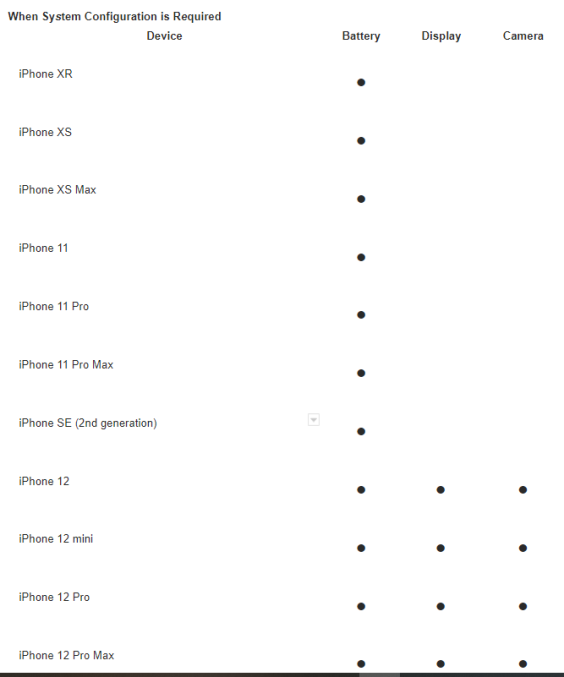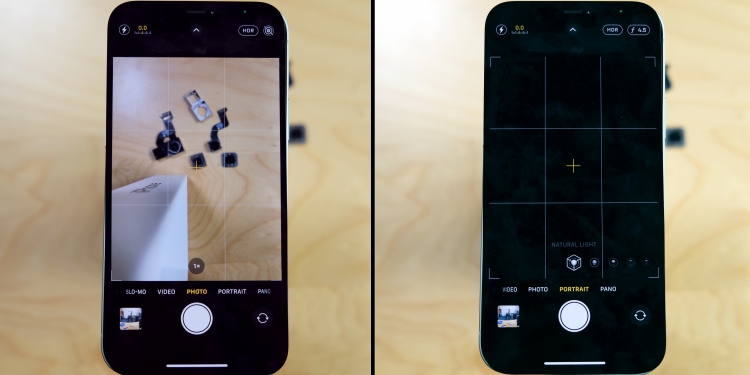A recent report from iFixit has found that Apple may be making it more difficult for third-party companies to repair the iPhone 12’s camera. Initially, iFixit gave the iPhone 12 a score of 6/10 for repairability, but upon further testing and comparing notes with multiple repair technicians, they found that the iPhone 12’s camera was totally unusable when users replaced the camera module. They observed that the camera sometimes times refuses to switch to the ultrawide camera and responds only to certain modes.
The issue was first highlighted by YouTuber Hugh Jeffreys when he attempted to swap the camera modules from one iPhone 12 to another identical device. After swapping and restoring the iPhone 12 several times, he came to the conclusion that this issue wasn’t caused by a software bug. Instead, he believed that there could be some form pairing, serialisation or bond between the phone with the camera.
Strangely, this issue is unique to the iPhone 12 and doesn’t occur with the more expensive iPhone 12 Pro. iFixit believes that Apple is looking to maintain stricter control over iPhone repairs. The DIY site backs its claims by citing an updated Apple training guide for iPhone 12 repair. According to it, any repairs to the phone’s camera, battery and display would require Apple’s System Configuration app. Previous iPhone models only required this software for battery swaps.

This, of course, does not bode well for potential repairs by third parties in the future. Though, this doesn’t come as a surprise given the fact that some aspects of iPhone repairs, particularly those involving Touch ID and Face ID sensors, are barred by Apple due to matters concerning security.
Apple has issued a statement though it does not address the iPhone 12’s camera issues pointed out by iFixit. It reads:
We are committed to giving our customers more options and locations for safe and reliable repairs. Our new independent repair provider program is designed to give repair businesses of all sizes access to genuine parts, training and tools needed to perform the most common iPhone repairs. These service providers have access to the same tools and repair manuals used by Apple and Authorized Service Providers (AASPs)








